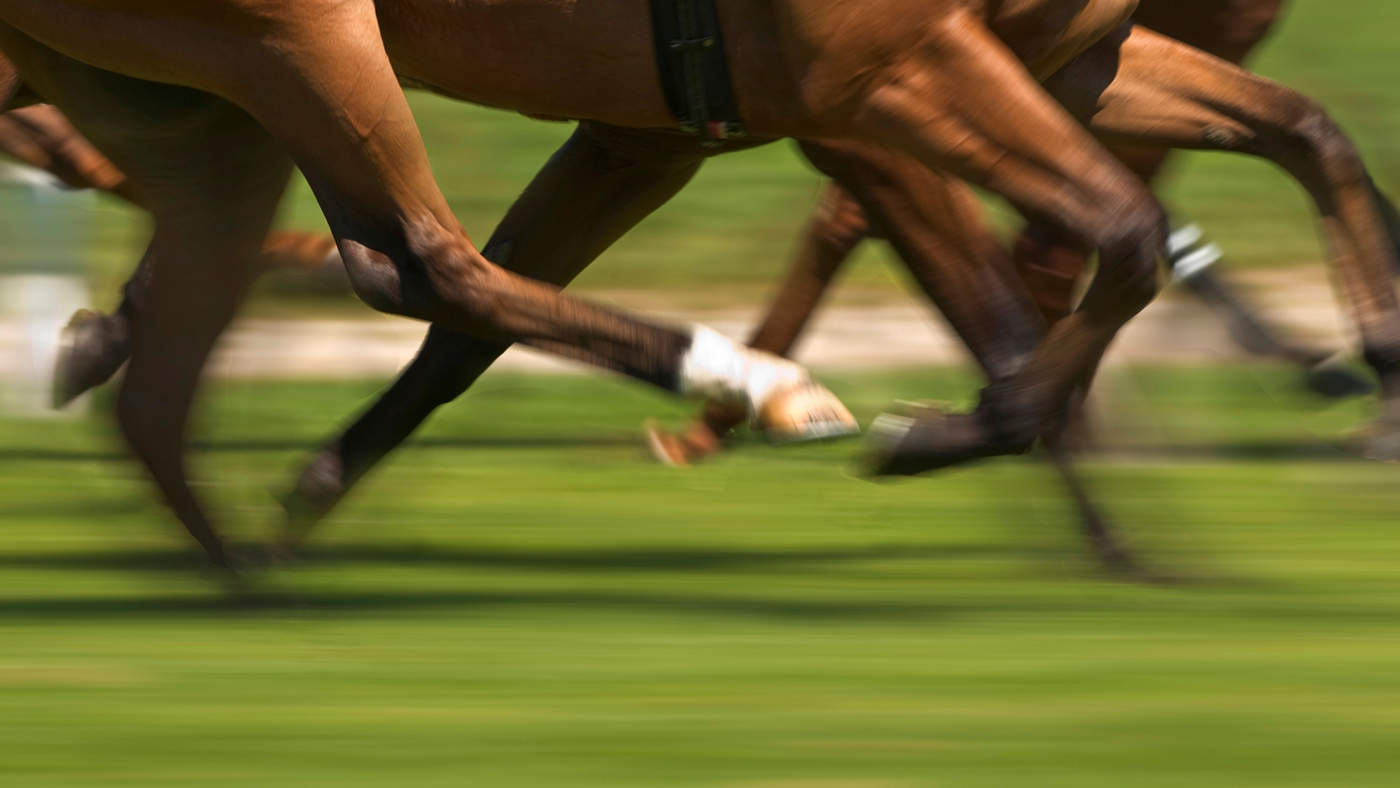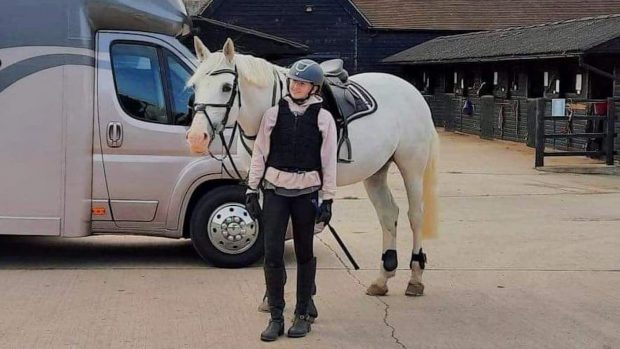Vets have long suspected that the incidence of certain injuries in racing varied according to the type of surface on the track.
Horses racing on American dirt tracks appeared to suffer a different spectrum of injuries from those on England’s turf courses.
But such hunches have been difficult to measure objectively because there are so many other possible factors.
Now vets in California have had the perfect opportunity to test their theories on three courses that switched from dirt to synthetic surfaces in 2006-07.
The study concentrated on one specific injury, the stress injury and fracture of the humerus (the chunky bone between the shoulder and the elbow).
Vets studied the cases of 841 racehorses who had sustained such injuries in the two years before and after the track surface switchover.
With bone scans, radiographs and post-mortem findings on record, they could see if surface changes had altered the nature of the stress on the bone.
They already knew that the bone could be stressed and fracture either near the top beside the shoulder, or near the bottom beside the elbow.
Stress changes near the top were more likely to give rise to catastrophic fractures and the loss of the horse. Those near the bottom more commonly caused lameness that resolved with rest.
The study results revealed a clear trend. Horses that raced on the dirt tracks were far more prone to stress problems near the top of the bone and therefore to disastrous fractures.
Horses that raced on the synthetic tracks suffered a higher incidence of injury at the bottom of the bone, but fewer life-ending factures.
The softer and more forgiving synthetic surfaces do cause stress effects on the humerus of young racing thoroughbreds. Stresses are less severe and with less drastic effects, however, than when dirt tracks were used.
To read all the latest veterinary research and developments see 21 February 2013 issue of H&H
Read all the latest articles about fractures




